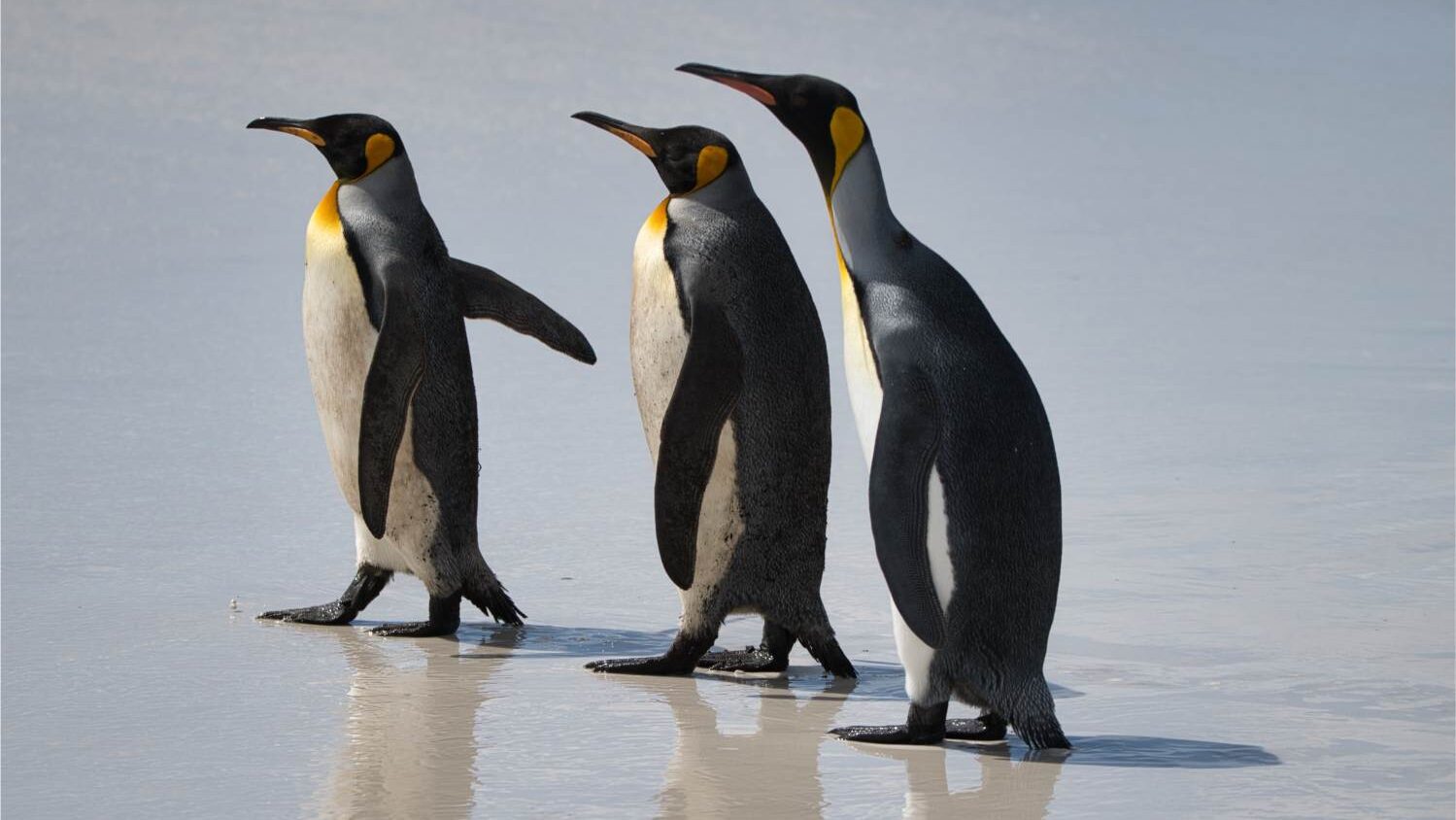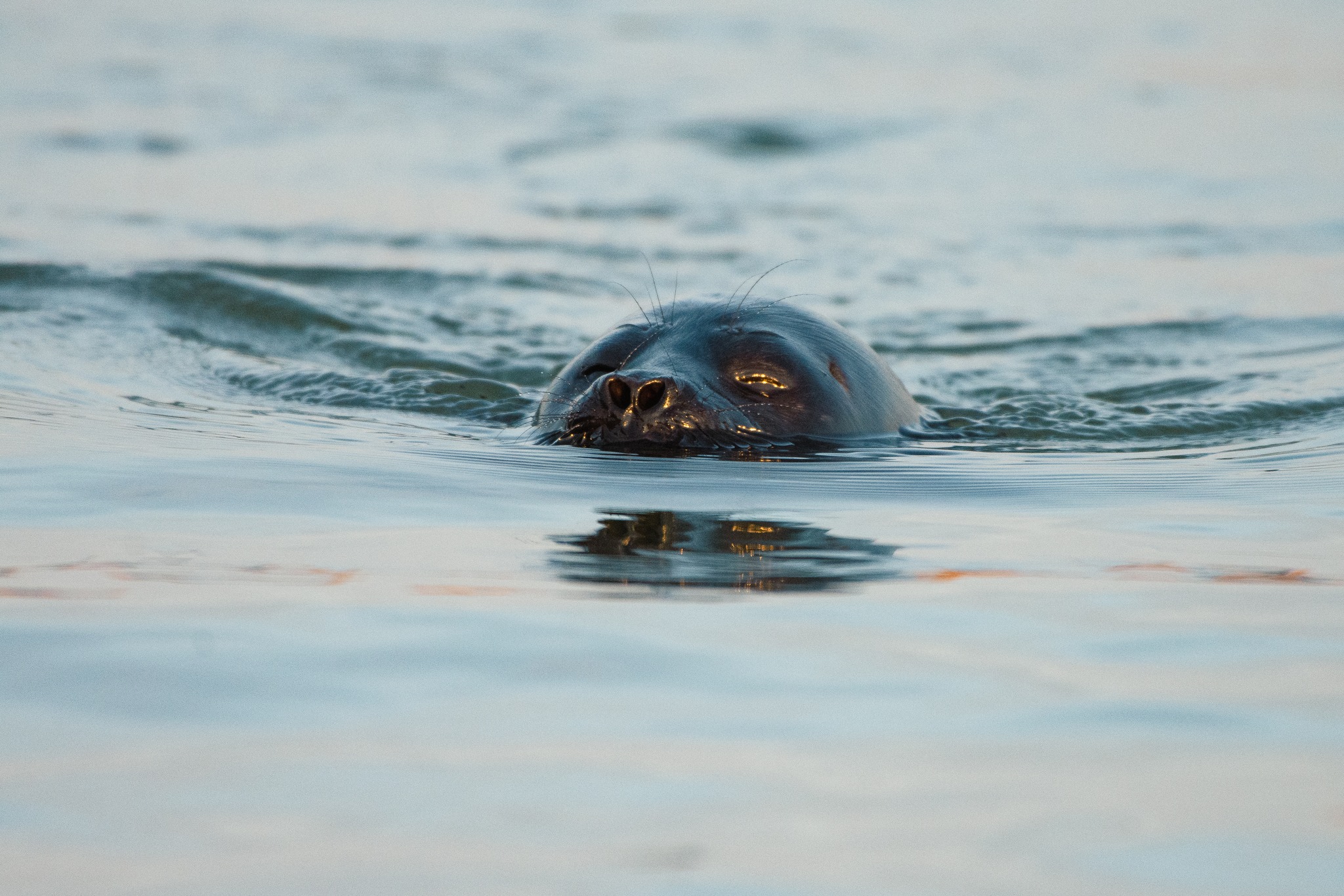From late March and April onwards, you'll see these birds making themselves comfortable wherever they can. Even on utility poles, as you may have seen a valge-toonekurg (white stork) do on the side of the road in Estonia.
White storks love high up nests and are not so afraid of people. Black storks, on the other hand, prefer to nest in trees and discrete natural areas with shallow water nearby. It's thought that this difference in activity has contributed to the black storks' lack of mates, and therefore, decreased population in recent decades. Estonia is one the most northern regions where mustad-toonekured (black storks) migrate, and there is an effort being made to not disturb their nests and increase their population.
Their search for food is aided by the wetland environment of Estonia. Storks will march carefully through water, surveying under the surface with their bills. They use sight and sensitivity to changes in movement to identify their prey and quickly swallow before it can get away.
Ornithologists have tagged and observed several white storks and noticed them making the Baltic region a recurring summer destination. One particular old bird, who hatched in 1988 in Varbevere (not far from Peipsi järv—Lake Peipus), was discovered again in 2015 in Matsalu Nature Reserve in Läänemaa, in western Estonia. The tag they applied to this bird in the late 80s was how they were able to identify the stork later on. In fact, over the years, this stork has also been identified travelling through West Asia, on one of the two major bird migration routes to Europe. The other one being over the Strait of Gibraltar between Morocco and Spain.
The association that storks have with babies comes partly from ancient Egyptian and ancient Greek mythology. In one story, Hera, Queen of the Greek gods, was jealous of another queen, Gerana. In retaliation, Gerana attempted to steal Hera's son. Also of influence is the understanding that storks mate with one partner for life. Storks will find different locations to nest in the summer, but hover around the same general area, even when they are beyond the oldest breeding age of seven years.
Barn swallows are another species that migrate long distances. Like storks, they have become a notable fixture in written history due to nesting close to humans. The tops of their bodies are a rich blue, and their back feathers diverge in a “forked” shape, projecting backwards from a white stomach. While their colours make for a natural choice of Estonia's national bird, their consumption of mosquitoes has made them an easy friend with people.
But it's the sentiment of long journeys, of finding a safe home, and their connection to the coming of warm weather and sun that resonate most deeply with us. Migratory birds return to the same places again and again, exchanging continents as the weather changes. This allows them to survive in the most favourable conditions for their species. We have swallows and other migratory birds here in Canada, too. Just as the Estonian Ornithological Society has recommended households with barn swallow nests to be mindful of their nesting areas, let's be mindful of all of these creatures we share space with.
This article was written by Vincent Teetsov as part of the Local Journalism Initiative.




